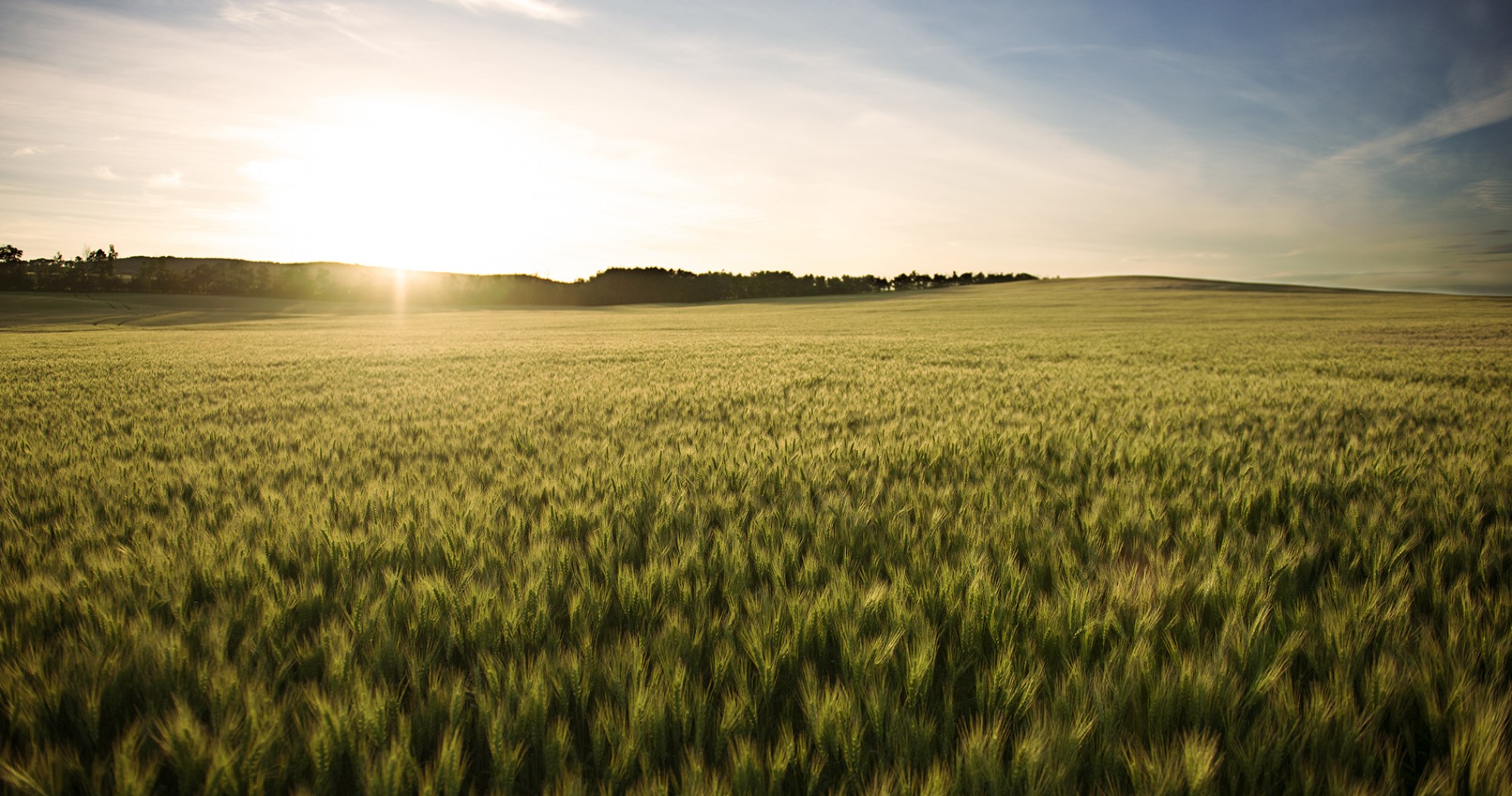Revolutionizing agriculture research in Canada
Agriculture research in Canada is entering a new era as advances in technology open the door to major shifts in how research is conducted. From artificial intelligence (AI) to drones in the sky and gene-editing tools like Clustered Regularly Interspaced Short Palindromic Repeats (CRISPR), these innovations are rapidly changing how we tackle long-standing challenges on the farm. These tools have the potential to bring better, faster and more sustainable solutions to producers across the Prairies.
Breeding a new variety of wheat or barley can take more than a decade. This means breeders are making crosses now for varieties that may not be seeded by farmers until 2035. That timeline could soon be reduced through the use of tools like machine learning (ML), a form of AI. ML models can be trained to predict which breeding lines are likely to have the best traits, such as disease resistance or yield potential, even before they are tested in the field. This allows researchers to narrow down their selections much earlier in the process, gradually shortening that decades long timeline.
Canadian researchers are already putting this into practice. Alberta Grains is supporting a new project beginning this year, led by Dr. Allan Feurtado, that aims to address lodging in barley through the use of AI systems and gene discovery tools. By using AI to sort through vast amounts of genetic and field data, the project is accelerating variety development and improving the odds of successfully producing elite lodging resistant barley varieties.
AI is also being used to precisely locate genes that control important traits in crops, such as resistance to disease or pests. Traditionally, finding these genomic regions could take years of lab work. But AI can analyze thousands of data points at once, quickly identifying patterns and potential resistance markers.
This kind of technology opens the door to breeding varieties better adapted to the current and emerging challenges faced by western Canadian producers.
Unmanned aerial vehicles (UAVs), or drones, equipped with multispectral cameras are now being used to monitor crop performance in research trials. These cameras can detect plant health, canopy cover and stress responses that might be missed from ground analysis alone.
Alberta Grains is investing $36,265 in a project led by Dr. Steven Shirtliffe at the University of Saskatchewan that uses UAVs to accelerate wheat breeding. By capturing detailed images from above, his team can quickly identify which lines show the strongest traits, such as early vigour or improved standability, and move those forward in the breeding pipeline.
Protecting crops from pests and diseases is nothing new, but how we do it is changing. RNA interference (RNAi) is a new method that targets pests at the genetic level. This approach directly turns off the genes pests need to survive. It is a highly targeted and environmentally friendly strategy that does not rely on broad spectrum control mechanisms.
Alberta Grains is investing $69,000 in a project led by Dr. John Laurie at Agriculture and Agri-Food Canada (AAFC) in Lethbridge that is investigating RNAi as a tool to control prairie wireworms. His research, which is nearing completion, could provide Alberta farmers with a new and more precise approach to pest management that reduces harm to beneficial insects and soil health.
CRISPR/Cas9 is a powerful gene editing tool that lets researchers make very specific changes to a plant’s DNA. Think of it as a genetic cut and paste system. It is already being used around the world to improve crop traits such as drought tolerance, disease resistance and nutrient content.
In Morden, Manitoba, Dr. Andriy Bilichak from AAFC is leading a project aimed at improving winter hardiness in wheat. Using CRISPR/Cas9, his team is working to introduce better cold tolerance into commercially available winter wheat varieties. This could expand winter wheat production across the Prairies by reducing one of the greatest challenges of winter wheat production: winterkill. This research has the potential to offer new rotation options for farmers.
While these emerging technologies signal exciting progress in agricultural research, they also offer valuable insights into their long term practicality. As this field evolves, exploring everything from real time digital crop monitoring to genetic strategies that enhance natural resilience, this wave of innovation is poised to grow stronger and more impactful.
At Alberta Grains, we’re proud to support researchers at the forefront of this revolution. By investing in cutting-edge science, we’re ensuring producers have access to the best tools not just for today but for the challenges of tomorrow.

